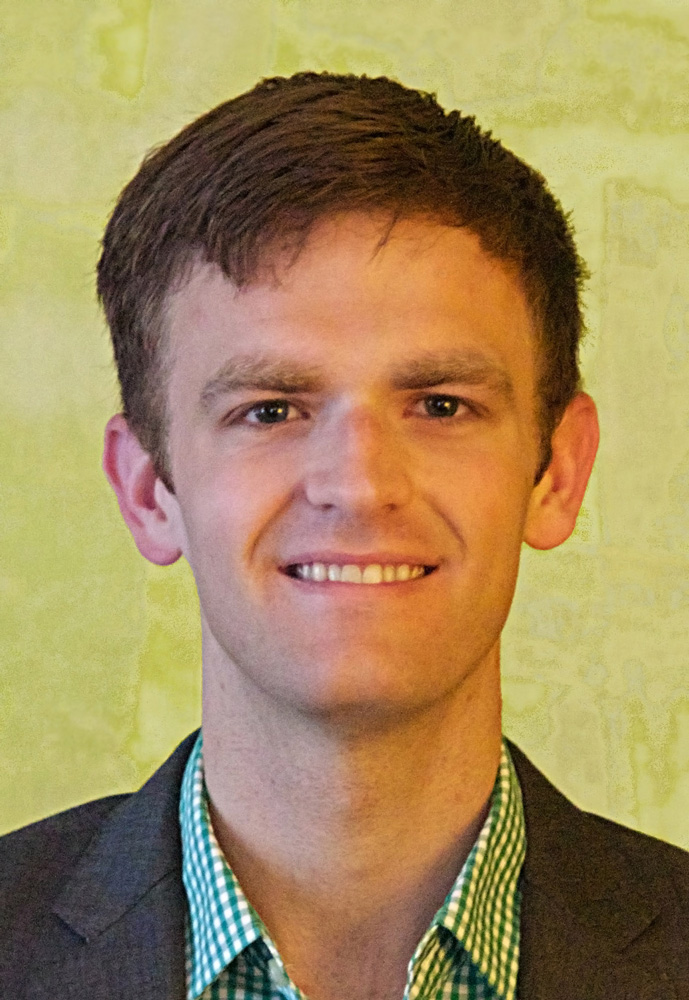
sfam_photo/Shutterstock.com
Creative Minds: Tackling Chemotherapy Resistance
One young winner of the NIH director's award sets out to untangle a medical mystery.
For many young scientists, nothing can equal the chance to have a lab of one’s own. Still, it often takes considerable time to get there. To help creative minds cut to the chase sooner, the NIH Director’s Early Independence Awards this year will enable 17 outstanding young researchers to skip post-doctoral training and begin running their own labs immediately.
Today, I’d like to tell you about one of these creative minds. His name is Aaron Meyer, a cell signaling expert at the Massachusetts Institute of Technology in Cambridge, and his research project will take aim at one the biggest challenges in cancer treatment: chemotherapy resistance.

Specifically, Meyer’s work focuses on a group of proteins, called receptor tyrosine kinases (RTKs), which are embedded in the outer surface of just about every cell in our body. RTKs bind various hormones and growth factors that activate internal signaling networks critical for cell communication, growth, and movement. RTKs are so fundamental to the core functions of our cells that many cancers hijack them to fuel their growth and resist certain chemotherapy drugs.
For example, breast cancers that produce too much of an RTK, called human epidermal growth factor receptor 2 (HER2), tend to grow faster and respond poorly to standard chemotherapy. Blocking the receptor with drugs (most famously Herceptin®) helps to stop the growth of the HER2-positive breast cancers. But it doesn’t always work, and that has puzzled and frustrated patients and oncologists for many years. Recent studies suggest that when a drug blocks a particular RTK from signaling, other nearby clusters of RTKs may step in and take their place. Such redundancy might explain the resistance of cancer cells to drugs that otherwise should kill them.
Meyer wants to conduct a series of systematic experiments aimed at investigating how such resistance occurs. First, he will seek to identify which set(s) of proteins inside the cell interact with each RTK to mute or amplify its particular signal and under what circumstances those modulations occur. He also wants to explore how these RTK-protein interactions mesh with larger signaling networks inside the cell. By modeling all of these interactions, it may be possible to discover better targets for future cancer therapies.
This research agenda may sound very ambitious, but complexity has never daunted Meyer. As a child, he liked to take apart television sets, computers, calculators, and any other electronic gadget to see what made them tick. Not only was this kid into deconstructing devices (much to the dismay of his parents), he went on to build entirely new gizmos from their parts! Meyer seemed destined to become an electrical engineer until high school biology teachers impressed upon him that the human body is a profoundly complicated machine. Unlike engineering, where he assembled man-made parts into functioning devices, cells and living organisms remained poorly understood, featuring yet-to-be-discovered protein parts and interactions. Combining his interests in engineering and biology as an undergraduate student at the University of California, Los Angeles, Meyer chose to pursue a career in bioengineering.
Armed with an Early Independence Award and a freshly minted Ph.D., earned in the labs of MIT’s Douglas Lauffenburger and Frank Gertler, Meyer is now busy setting up his own lab and recruiting talented graduate students and postdocs to help realize his research vision. For the sake of all those awaiting more effective cancer therapies, let’s hope this young creative mind meets with success.
(Image via sfam_photo/Shutterstock.com)







